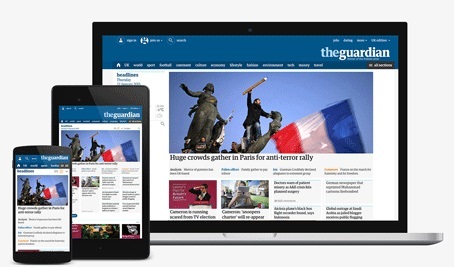Multi-platform campaigns can significantly increase brand impact, with ad exposure on two devices increasing ad recall and positive sentiment, according to new research.
The Association of Online Publishers (AOP), the voice of premium digital publishers in the UK, in conjunction with PHD, Manning Gottlieb OMD and Celtra, has revealed the findings of their combined study on the impact of cross device brand advertising, based on brand campaigns for John Lewis and SEAT.
The report, which was revealed at the AOP Mobile and Cross Device Forum, shows a 60% uplift in ad awareness through two-device exposure compared to single-device exposure.
Furthermore, the study sees brand consideration increase from 6% to 30%, and recommendation increase from 0% to 15%.
Mobile-only ad exposure shows the greatest campaign uplifts – with an 80% increase in awareness and a 133% increase in ad recall.
The study also highlights the performance of brand advertising on premium content sites, which delivers twice the levels of trust as non-premium sites, and 50% higher levels of interest in the advertising, along with other positive associations.
Tim Cain, Managing Director, AOP, commented: “The study complements a number of previous AOP research initiatives which indicate that trust is at the heart of driving advertising effectiveness with consumers, and trust is seen to be highest in premium content environments, whichever device the consumer is using to view.”
Rachel Robinson, Head of Mobile, PHD, said: “It has become increasingly important for us to understand not only behaviour on devices in isolation, but the interplay between mobile, tablet, and desktop, and how this influences user response. Working on this project with the AOP means we now have valuable evidence to support and strengthen our planning across each device, and device combination.”
Lolly Mason, Head of Publisher Development, Celtra, commented: “We’re big advocates of scalable cross-screen advertising so it’s really interesting to see that multiple-device exposure had such a significant impact on ad awareness.”
Lolly added: “The fact that mobile showed a particular impact on brand metrics – regardless of whether or not immediate conversions took place – strengthens our position that mobile should always be included in brand campaigns where possible.”
Andy McGregor, National Communications & Digital Marketing Manager, SEAT, commented: ‘’We were really excited about working with PHD and the AOP on this project, especially as it also involved a lot of key publishers. The findings are really valuable as they will help to shape our 2015 plans, ensuring we are allocating our digital budgets across devices, to meet varying objectives, and carefully considering the creative and call to action for each screen’’
Methodology
The study, conducted by PHD and Manning Gottlieb OMD in partnership with Research Now, compared a control group with multiple exposed groups, between October and December 2014 involving 18 publishers. This included the Guardian, Telegraph, Trinity Mirror, Hearst, AOL, Time Inc, Condé Nast and Global Radio, and was based on two brand campaigns for John Lewis and SEAT, with in total over 18 million impressions across desktop, smartphone and tablet

